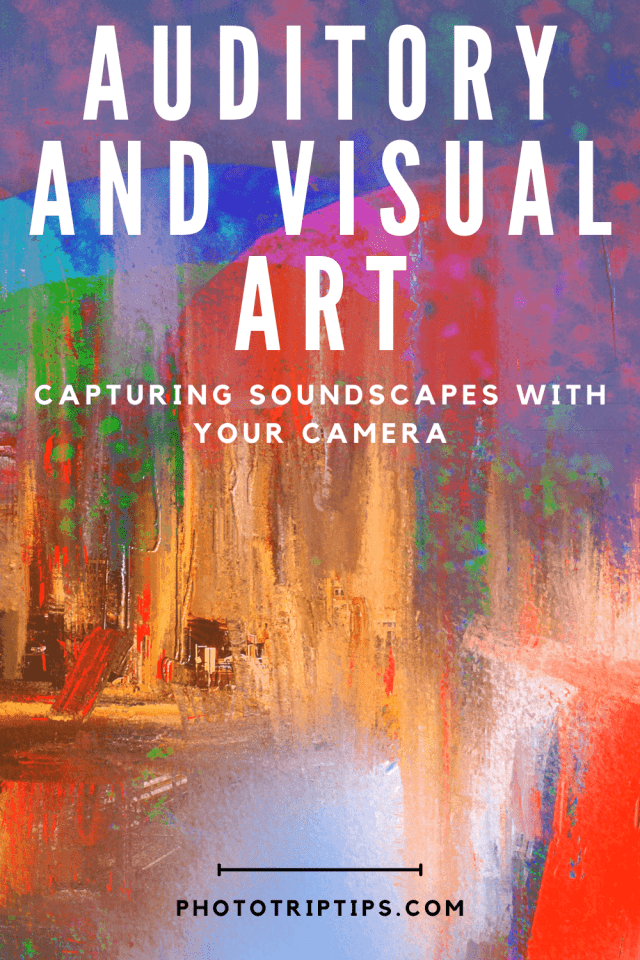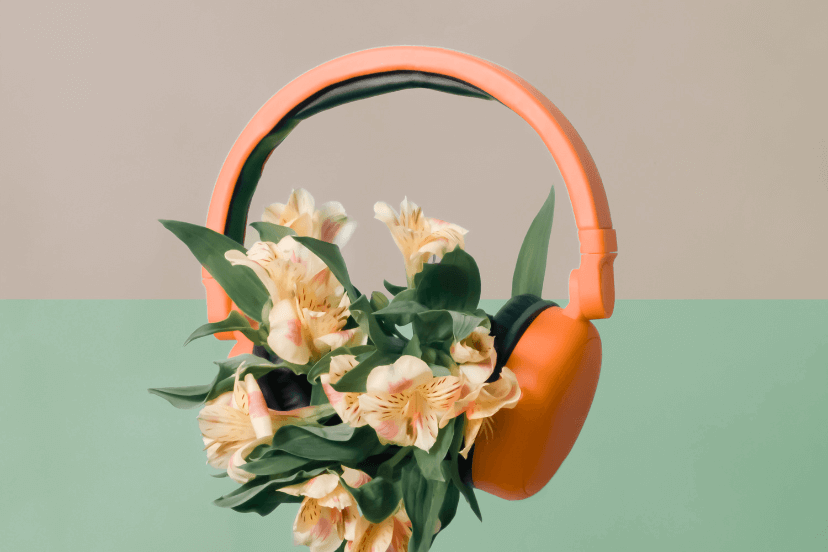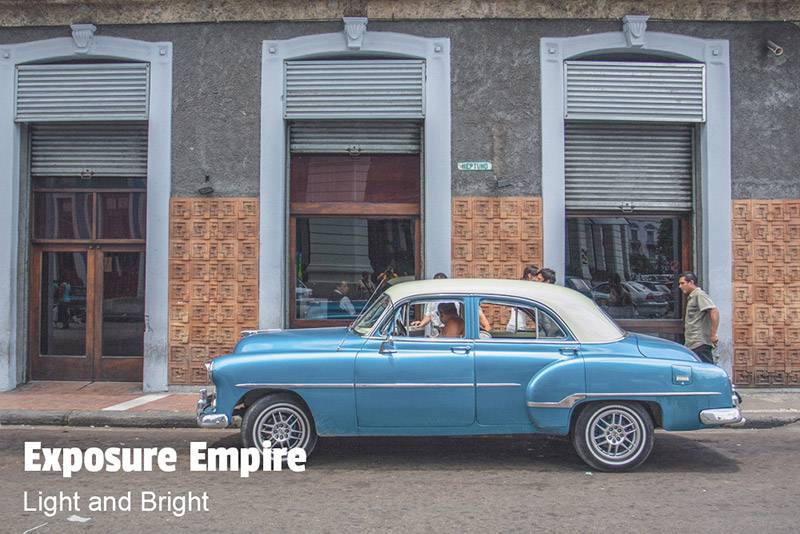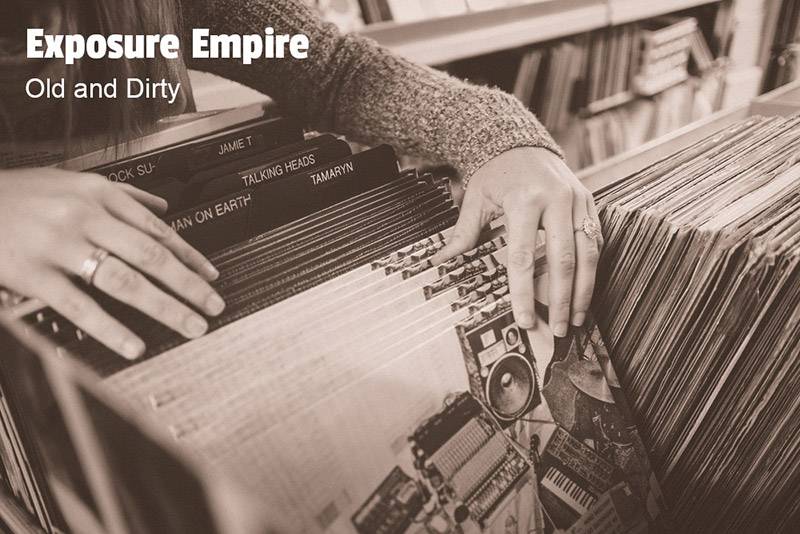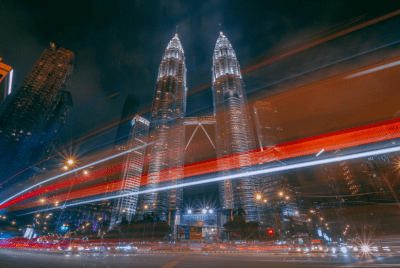Auditory and Visual Art – Capturing Soundscapes with Your Camera
What is auditory and visual art? Have you ever wondered what a symphony looks like through the lens of a camera? Get ready for a sensory journey as we delve into the fascinating world where photography and synesthesia collide.
Let’s explore the art of translating sound into visuals, unlocking a world of creativity that goes beyond the traditional boundaries of photography.
I am a participant in the Amazon Services LLC Associates Program, an affiliate advertising program designed to provide a means for me to earn fees by linking to Amazon.com and related sites. This post may contain affiliate links, which means I may receive a commission, at no cost to you, for purchases made using my links. Please see my disclosure to learn more.
The Dance of Colors and Sounds
Synesthesia, a neurological phenomenon where one sensory experience triggers another, provides a unique perspective for photographers.
Imagine being able to see the vibrant hues of a melody or the rhythmic patterns of a bustling city. This intersection of senses has given birth to a captivating fusion of auditory and visual art.
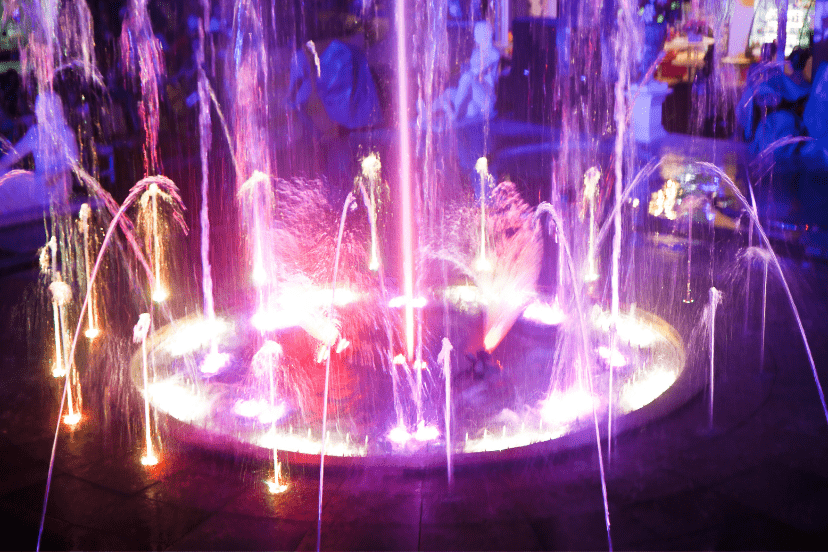
Tips for Capturing the Essence of Sound in Visuals
1. Embrace Color Harmony
Just as a melody weaves together different notes, colors can blend to create a harmonious visual composition. When shooting, pay attention to the color palette around you. Use contrasting colors to convey the intensity of a beat or blend analogous colors for a soothing melody.
2. Experiment with Shutter Speed
The beat of a song varies, and so should your shutter speed. Play with long exposures to capture the continuous flow of music, creating dynamic and abstract images. Alternatively, a fast shutter speed freezes a moment, perfect for isolating sharp, impactful beats in your frame.
3. Composition: The Visual Symphony
Much like a musical composition, the arrangement of elements in your photograph is crucial. Experiment with framing, leading lines, and patterns to create a visual narrative that echoes the rhythm you aim to capture. Let the elements in your frame dance to the melody of your surroundings.
4. Focus on Texture and Contrast
Texture adds depth to your visuals, much like the layers of a complex sound. Capture the grit of a guitar string or the smoothness of a piano key. Contrast, whether in textures or tones, can emphasize the highs and lows in your visual symphony.
5. Play with Perspectives
Change your perspective to alter the way your audience experiences your visual representation of sound. Get low to the ground to emphasize bass-heavy beats or shoot from above to capture the airy, light notes. Perspective adds another layer to the storytelling of your photograph.
Auditory and visual art : Final Thoughts
Photography and synesthesia together unlock a world of creative possibilities that transcends traditional visual art. By embracing the essence of sound in your visuals, you can craft images that resonate with a unique energy. So, grab your camera, listen to your favorite tune, and start translating the melody into a visual masterpiece. Let your photos sing and dance to the rhythm of life.
Remember, the beauty lies not just in what you see but in how you feel it. In the symphony of life, let your camera be the conductor, orchestrating a visual masterpiece that captures the very essence of sound.
